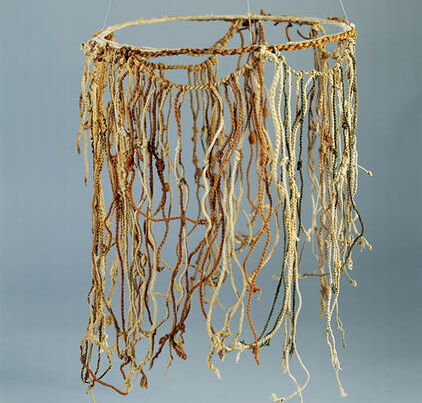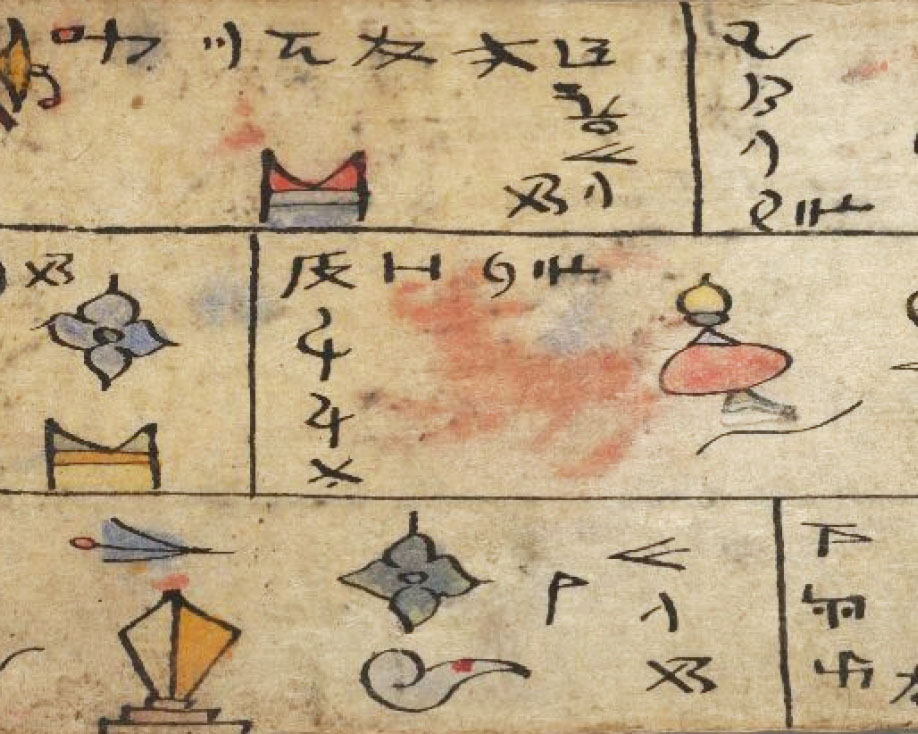Language
Language
Languages allow us to express ourselves, create change, and share knowledge with people around the world and across time. Our Harvard experts look at the history, power, and science behind these systems of communication.
Interested in studying language?
Explore Harvard's language programsLearning language
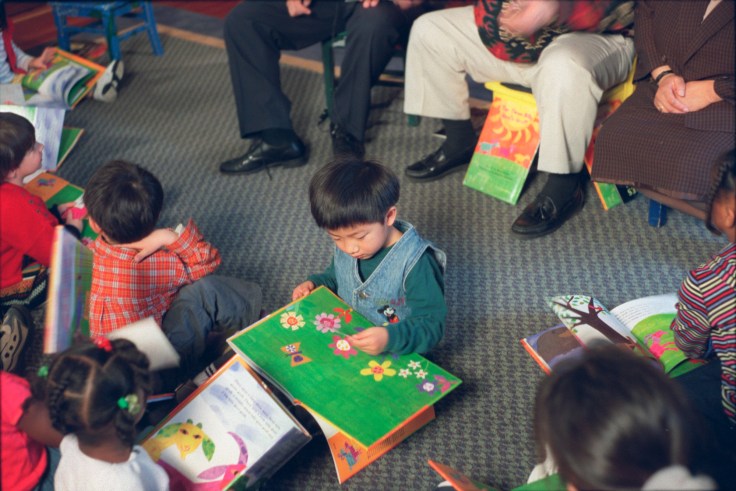
How does the brain learn to read?
Associate Professor of Education Nadine Gaab explains how regions of a child’s brain work together to turn reading into learning.
How does the brain learn to read?The brain-changing power of conversation
The interplay between parents and children ignites the brain and boosts its response to language, stimulating lasting literacy skills.
Tracing the roots of language and literacy
Research emphasizes the importance of the first year of life for long-term language and literacy development.
Bringing a hidden language disorder to light
Experts explore how a deficit that affects the learning of one in 12 children can go undetected by parents and educators.
A way with words
Researchers investigate not only how infants acquire language, but how they gain the many complementary skills.
Equity through language
Translating COVID information
Student Pooja Chandrashekar organized a coalition of students to translate COVID-19 information into 30 languages.
Signing quantum
Mandy Houghton helped develop educational modules in American Sign Language for quantum science topics.
Supporting native languages
For his thesis, Zeerak Ahmed developed an Urdu keyboard for smartphones, helping native speakers better communicate.
Using debate to educate
Harvard Law student Matt Summers and Kennedy School student Tessa Holtzman launched Debate Spaces, which brings together middle school students to learn and practice debate skills.
An app for communication
After Extension School graduate Brian Sullivan’s brother-in-law suffered a stroke that significantly impaired his speech, Brian set out to create an iOS app that could help him communicate.
Acquiring language skills
Over her lengthy career, Graduate School of Education Professor Catherine Snow has improved our understanding of how oral language skills are acquired.
Why words matter
-
Language of addiction
When confronting addiction, the power of language is important to keep in mind, specialists say.
-
Fat shaming harms health
Students are acquiring the tools to help change the conversation around weight and health.
-
Respecting pronouns
What are the best ways to share and respect pronouns, at work and beyond?
-
Inclusive language
Students are working to jump-start conversations on the importance of inclusive language in the sciences as part of the ongoing fight for transgender rights.
-
Changes to our writing
Researchers found that when people use predictive text systems—programs that suggest words or phrases—their writing becomes more succinct, more predictable, and less colorful.
-
Accurate naming
In 2020, the Entomological Society of America voted to remove “gypsy moth” and “gypsy ant” from a list of common names used to refer to insects.
Preserving languages
Linguist and Radcliffe Fellow Roberto Zariquiey explores the challenges and joys of studying a language that has very few speakers, and how the conversation around “dying” languages should be reframed.
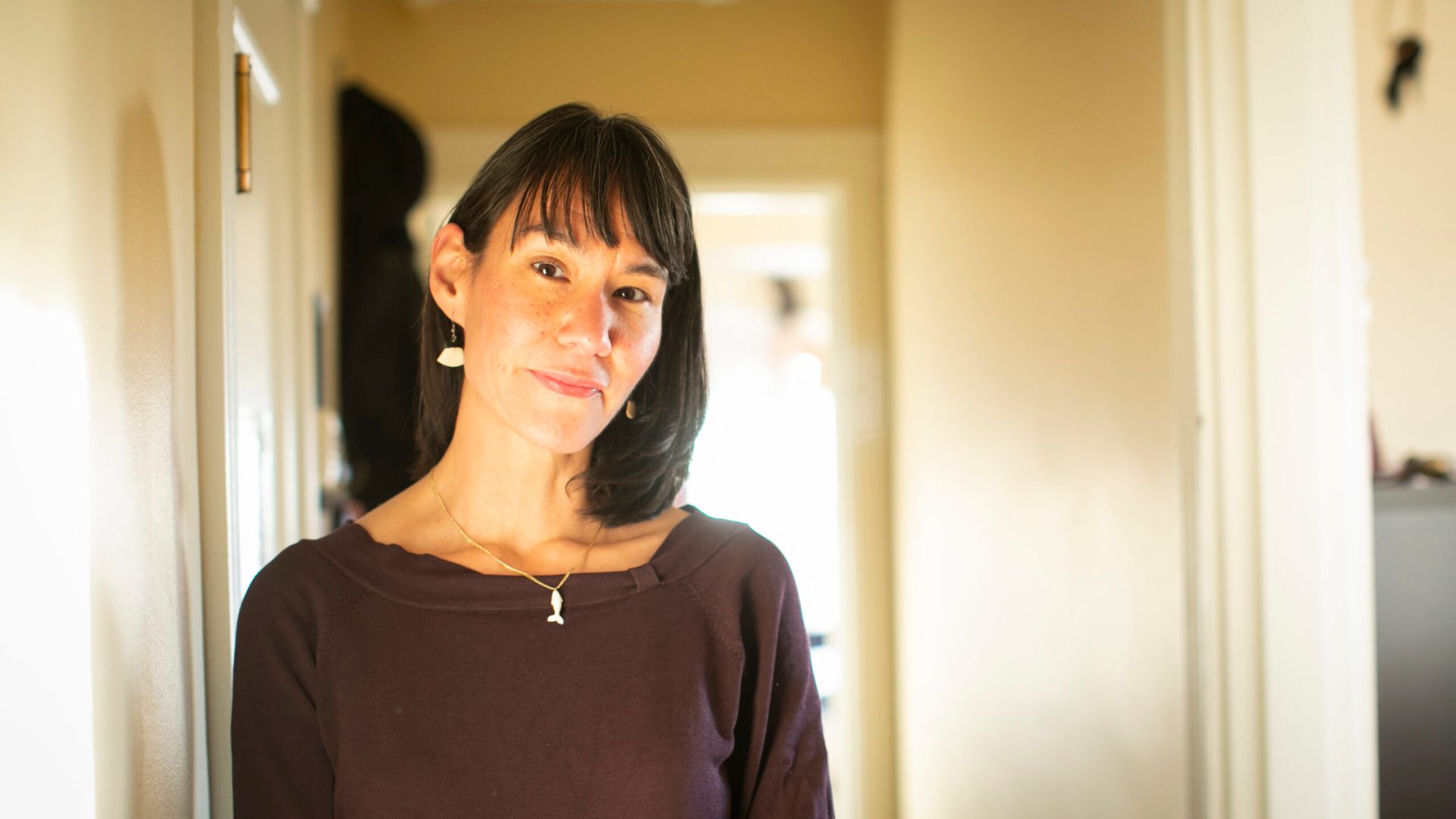
Inupiaq
Today, there are 100-150 primary speakers of Inupiaq, an Alaska Native language, but Joan Naviyuk Kane has taken up her grandmother’s fight to teach the language.
An example of a khipu
Incan khipus
Harvard researchers are using advanced pattern identification techniques to decipher khipus, knotted cord devices used for Inca record keeping, which may help decode the ancient language of the Incas.
Yuchi
When Richard Grounds began his work there were fewer than two dozen fluent, first-language speakers of Yuchi, but that’s all changing thanks to his Euchee/Yuchi Language Project.
Quechua
Américo Mendoza-Mori, director of Harvard’s Latinx Studies Working Group, co-founded The Quechua Alliance, a coalition that hosts annual gatherings to promote Quechua and Andean culture throughout the U.S.
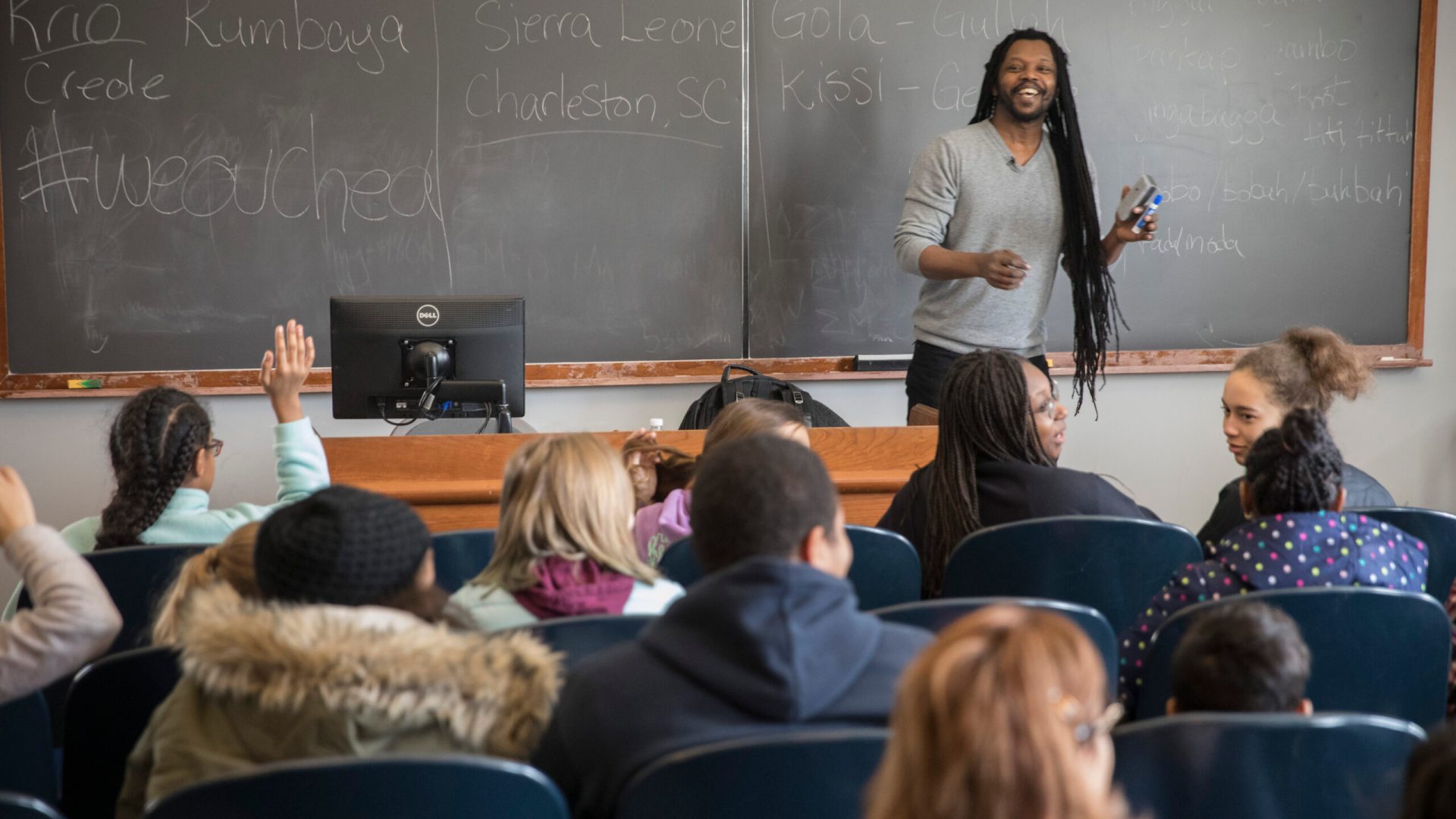
Gullah
Gullah, or Geechee, was created by enslaved people brought from West Africa to Charleston, S.C., who needed a common language to communicate. It allowed them to speak freely, by way of encoded speech, in the presence of those holding them in bondage.
Many common words or phrases are rooted in the Gullah language: yam (sweet potato), bubba (brother), gumbo (okra), kumbaya (come by here).
Nahuatl
Nahuatl was the lingua franca of the Aztecs, who ruled Mexico between the 14th and 16th centuries. It is still spoken by nearly 1.5 million Mexicans and has a growing Harvard study group dedicated to it called Nahuatl Notequixpoyohuan or “My Nahuatl Friends.”
Griko
Griko, a language of Greek origins spoken in Salento—part of the “heel” of Italy’s boot—was deemed by the Italian government to be a “language of the backward past” until 1999, when a national law recognized Griko among 12 “historical linguistic minorities” in Italy.
Naxi
One of the last widely used pictographic languages in the world, the written language of the Dongba, an ethnic minority in southwest China, is being digitized by Harvard-Yenching Library and shared with scholars in China to preserve records of the customs, religious practices, and daily life of the Naxi people.
A Naxi manuscript
Life with multiple languages
Researchers are finding benefits to learning a new language, and ways to support young students who are learning English as a second language.
Beyond human language
School of Engineering Ph.D. candidate Cameron Wong talks about the past, present, and future of computer language.
Talking with whales
Fellows from the Radcliffe Institute collaborated with the goal of deciphering the way sperm whales communicate with one another.
Building a language for early computers
The men who invented computers focused primarily on the hardware, but the women who became involved during World War II saw early on the importance of programming.
How to talk to extraterrestrials
Harvard experts lay out the challenges of communicating with beings who may be more intelligent and don’t share our conceptual system.
YOU MAY ALSO LIKE
